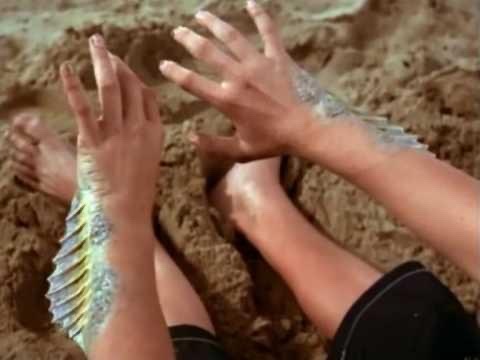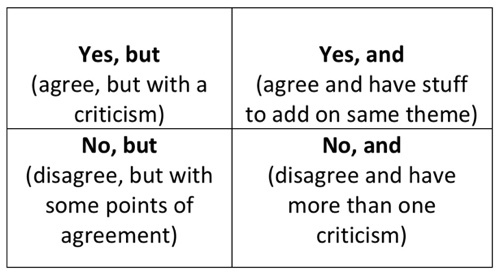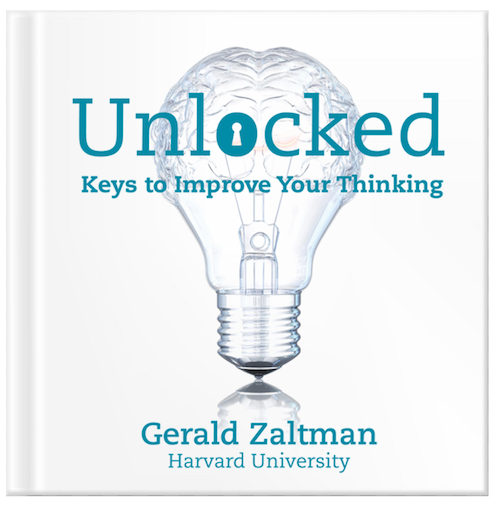If you're fascinated by process and how something as magical as a mer tail actually comes into being, you'll like this part of the interview. Thanks again, stillwater_fx, for sharing all this great information and the marvelous photos!
asakiyume How did you first learn about making mermaid tails?
stillwater_fx For me, the moment I saw the practical props used in the movie The Thirteenth Year, by Disney, the tail and the arm fins in that movie were wearable items. When I realized that, I instantly thought about how I would have to wear one for me. And living in Puerto Rico, I already had a tropical paradise that most of us dream of: not even a mile away from my house was the beach.
In The Thirteenth Year, a boy realizes he's actually a mer person ... one hint--the scales appearing on him

A mermaid from the movie

And so I did the only I did the only thing that I knew to do. I dove online and I started looking for information about how to sculpt and all the information I could find on creature production and movie films. I found lots of information. I basically learned by reading: I taught myself; I found all the information about making sculptures, molding masks with latex, and props. It was grueling; I had to go through many hundreds of pages and forms and sites. Not all of it was complete; I had to make my own conclusions and connect the dots here and there. But eventually I started experimenting—small experiments, of course, because the materials are expensive for making mermaid tails, which is why the tails themselves are expensive. I’ve made many experiments. I’ve failed, and learned, and here I am today, making tails for people.
( the tail-making process in four steps )
Any questions? Leave them here! And...
STAY TUNED FOR PART 3: FAVORITE PARTS, HARDEST PARTS, AND SWIMMING IN A TAIL
asakiyume How did you first learn about making mermaid tails?
stillwater_fx For me, the moment I saw the practical props used in the movie The Thirteenth Year, by Disney, the tail and the arm fins in that movie were wearable items. When I realized that, I instantly thought about how I would have to wear one for me. And living in Puerto Rico, I already had a tropical paradise that most of us dream of: not even a mile away from my house was the beach.

A mermaid from the movie

And so I did the only I did the only thing that I knew to do. I dove online and I started looking for information about how to sculpt and all the information I could find on creature production and movie films. I found lots of information. I basically learned by reading: I taught myself; I found all the information about making sculptures, molding masks with latex, and props. It was grueling; I had to go through many hundreds of pages and forms and sites. Not all of it was complete; I had to make my own conclusions and connect the dots here and there. But eventually I started experimenting—small experiments, of course, because the materials are expensive for making mermaid tails, which is why the tails themselves are expensive. I’ve made many experiments. I’ve failed, and learned, and here I am today, making tails for people.
Any questions? Leave them here! And...
STAY TUNED FOR PART 3: FAVORITE PARTS, HARDEST PARTS, AND SWIMMING IN A TAIL


















